1 April 2025
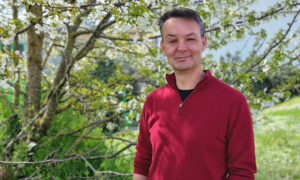
Meet Neil Humphreys, Head of the Gene Editing and Virus Facility at EMBL Rome. Neil and his team work closely with scientists to develop new models, tools, and cutting-edge technologies to support discovery and translational research.
PEOPLE & PERSPECTIVES
10 January 2025
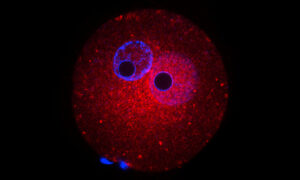
Researchers in the Boulard group at EMBL Rome demonstrated that the catalytic activity of the OGT enzyme is essential for embryonic development, and that when it’s reduced, embryo development is delayed – especially in males.
SCIENCE & TECHNOLOGY
22 November 2024
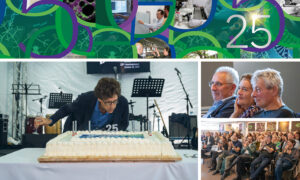
EMBL Rome celebrates its 25th anniversary this year – some impressions of the symposium and party organised for staff and alumni to mark this special occasion.
LAB MATTERS
15 October 2024

Daniele Ancora is an ARISE fellow in the Light Imaging Facility at EMBL Rome. With a background in theoretical physics, he develops algorithms to improve image-based omics technologies. Learn about his interdisciplinary training and his little ‘obsessions’.
PEOPLE & PERSPECTIVES
28 June 2024
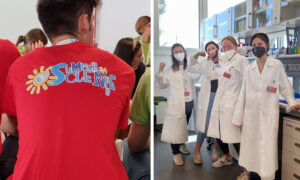
At EMBL Rome, an immersive youth training programme is dedicated to, but also inspired by, alumnus Riccardo Cortese, thanks to private donors.
CONNECTIONS
9 May 2024

A study from the Hackett group at EMBL Rome led to the development of an epigenetic editing system that allows to precisely program chromatin modifications at any specific position in the genome, to understand their causal role in transcription regulation.
SCIENCE & TECHNOLOGY
1 May 2024
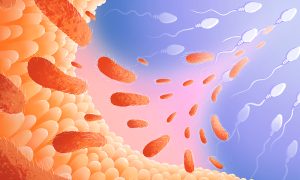
Scientists from EMBL Rome and EMBL Heidelberg found that disrupting the gut microbiome of male mice increases the risk of disease in their offspring. Their findings suggest that a father’s pre-conception environment can have lifelong effects on offspring.
SCIENCE & TECHNOLOGY
3 April 2024
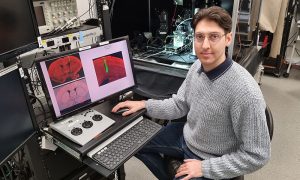
Diego Benusiglio, ETPOD postdoc in the Asari group at EMBL Rome, talks about his peculiar postdoctoral programme and his passion for science and Swing music
LAB MATTERSPEOPLE & PERSPECTIVES
2024
lab-matterspeople-perspectives
16 November 2023

A new study from the Asari group at EMBL Rome shows a different retinal function in awake mice compared to isolated retinal samples. These new insights could help to develop prosthetic devices that can act as a retina in the future.
SCIENCE & TECHNOLOGY
2023
sciencescience-technology
16 October 2023

Gerald Pfister, Head of the Flow Cytometry Facility at EMBL Rome, talks about his private and professional passions and a return to his roots as part of the TREC project.
LAB MATTERSPEOPLE & PERSPECTIVES
2023
lab-matterspeople-perspectives
9 October 2023

EMBL Rome celebrated the European Researchers’ Night by participating in an event organised at the CNR Campus in Montelibretti.
LAB MATTERS
30 March 2023

Interim head of EMBL Rome Cornelius Gross has been awarded an Advanced grant from the European Research Council (ERC) for his project TERRITORY, aimed at investigating the neural basis of territorial aggression and fear.
EMBL ANNOUNCEMENTSLAB MATTERS
2023
embl-announcementslab-matters
23 March 2023
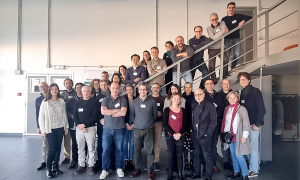
Scientists from EMBL and its French academic partners gathered at EMBL Rome for a workshop to foster collaboration and advance research in neuroscience.
CONNECTIONSLAB MATTERS
2023
connectionslab-matters
12 September 2022
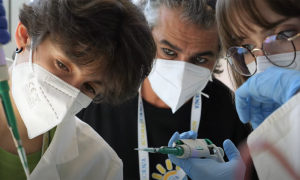
20 secondary school students from all over Italy participated in the fourth edition of Summer in Science at EMBL Rome.
LAB MATTERS
8 April 2022
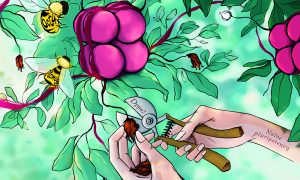
Recent studies from the Hackett group at EMBL Rome have revealed new insights on the mechanism regulating transmission of non-genetic information during embryonic development, and inspired a scientific illustration
SCIENCE & TECHNOLOGY
2022
sciencescience-technology
25 March 2022
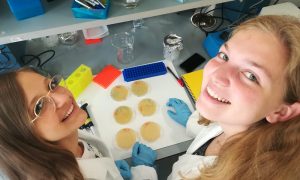
After a two-year break, the summer school organised by Adamas Scienza and EMBL in collaboration with CNR is back. It will take place at the International Research Campus of Monterotondo (Rome) from 13 to 24 June 2022.
LAB MATTERS
8 February 2022
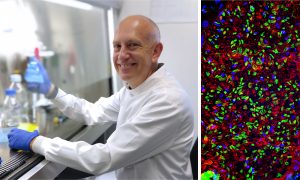
Experiences at EMBL Rome led former group leader to establish his start-up in Italy, developing a new generation of gene therapies.
LAB MATTERSSCIENCE & TECHNOLOGY
2022
alumnilab-mattersscience-technologytechnology-and-innovation
28 October 2020

Researchers in the Gross group at EMBL Rome have investigated the mechanism behind defensive behaviour in mice. They have identified a specific area of the brain that encodes both spatial and threat cues to drive location-specific defensive responses.
SCIENCE & TECHNOLOGY
2020
sciencescience-technology
19 January 2012
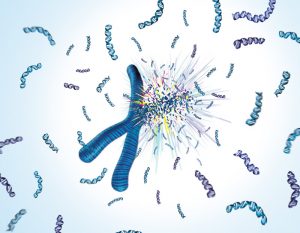
An inherited mutation in a gene known as the guardian of the genome is likely the link between exploding chromosomes and some particularly aggressive types of cancer, scientists at the European Molecular Biology Laboratory (EMBL), the German Cancer Research Centre (DKFZ) and the University…
SCIENCE & TECHNOLOGY
2012
sciencescience-technology
10 December 2009
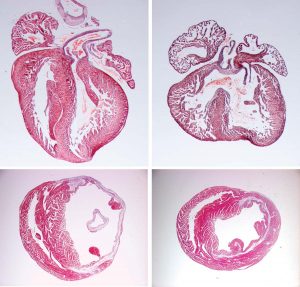
Almost a century after it was discovered in fruit flies with notches in their wings, the Notch signalling pathway may come to play an important role in the recovery from heart attacks. In a study published today in Circulation Research, scientists at the European Molecular Biology Laboratory (EMBL)…
SCIENCE & TECHNOLOGY
2009
sciencescience-technology
21 September 2009
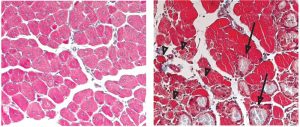
For scientists at the European Molecular Biology Laboratory (EMBL) in Monterotondo, Italy, what seemed like a disappointing result turned out to be an important discovery. Their findings, published online this week in the journal Proceedings of the National Academy of Sciences (PNAS), provide…
SCIENCE & TECHNOLOGY
2009
sciencescience-technology
13 September 2009
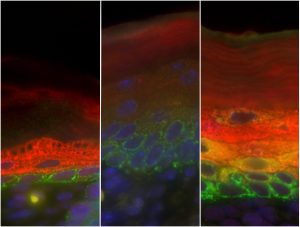
Stem cells have a unique ability: when they divide, they can either give rise to more stem cells, or to a variety of specialised cell types. In both mice and humans, a layer of cells at the base of the skin contains stem cells that can develop into the specialised cells in the layers above.…
SCIENCE & TECHNOLOGY
2009
sciencescience-technology
22 June 2009

Mice are one of biology’s most important model organisms, because 98% of their genes and many of their traits and diseases are similar to ours. Researchers at the Mouse Biology Unit of the European Molecular Biology Laboratory (EMBL) take advantage of these similarities and use mice to study…
LAB MATTERS
No results found






















